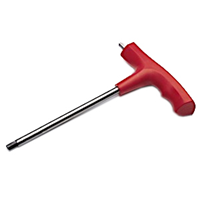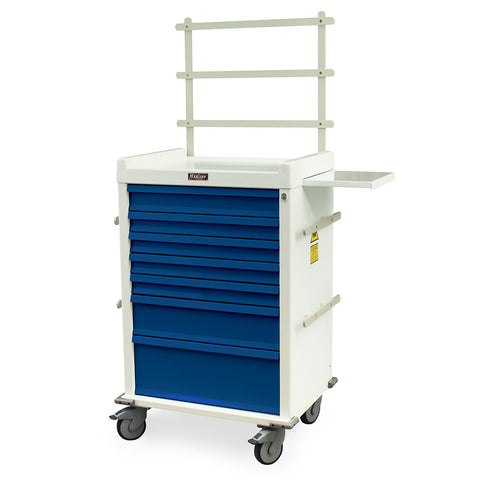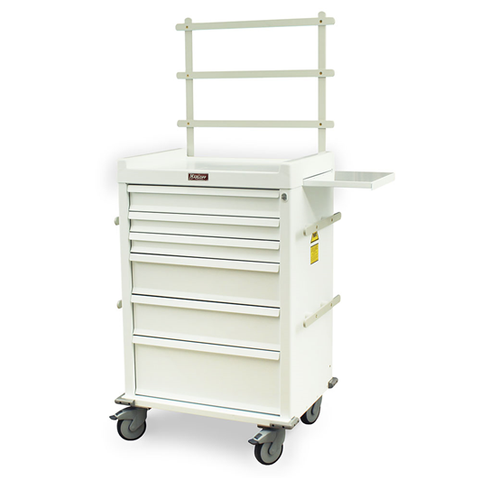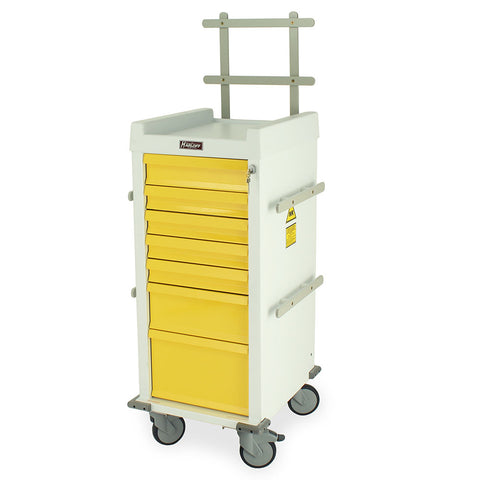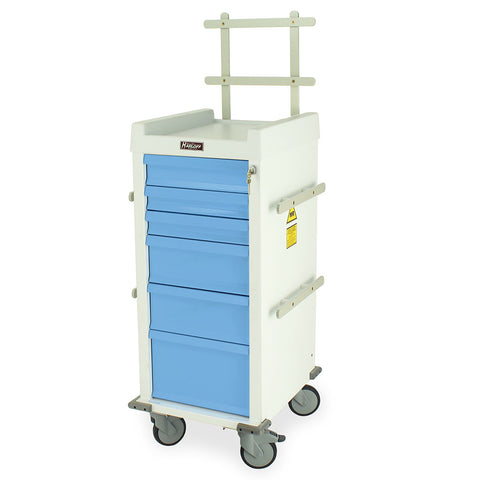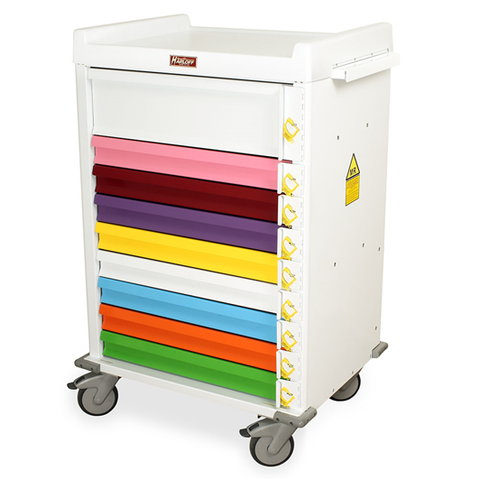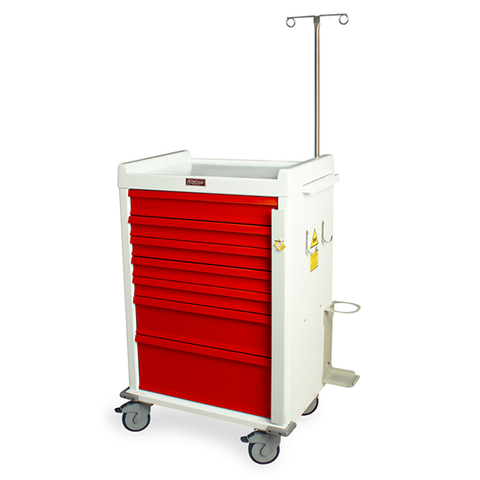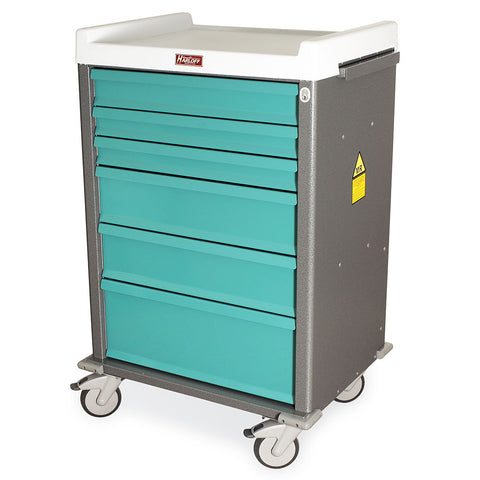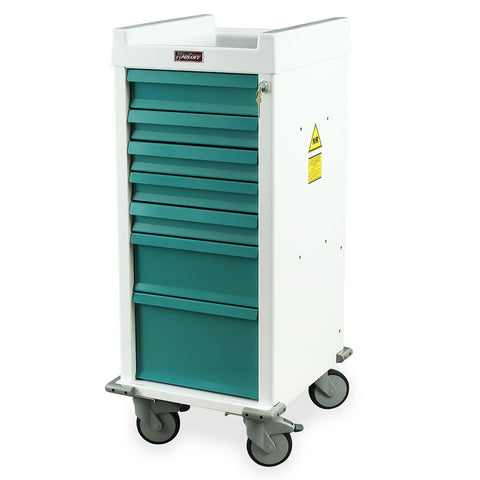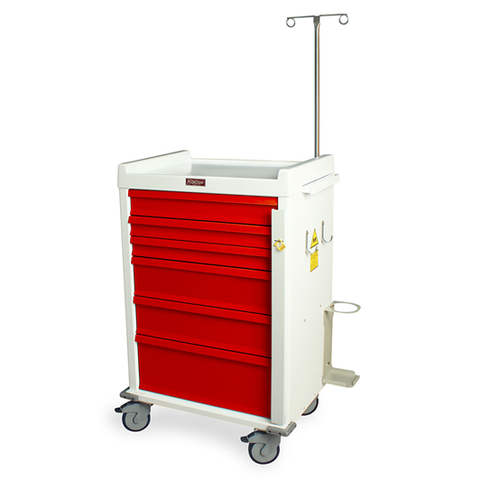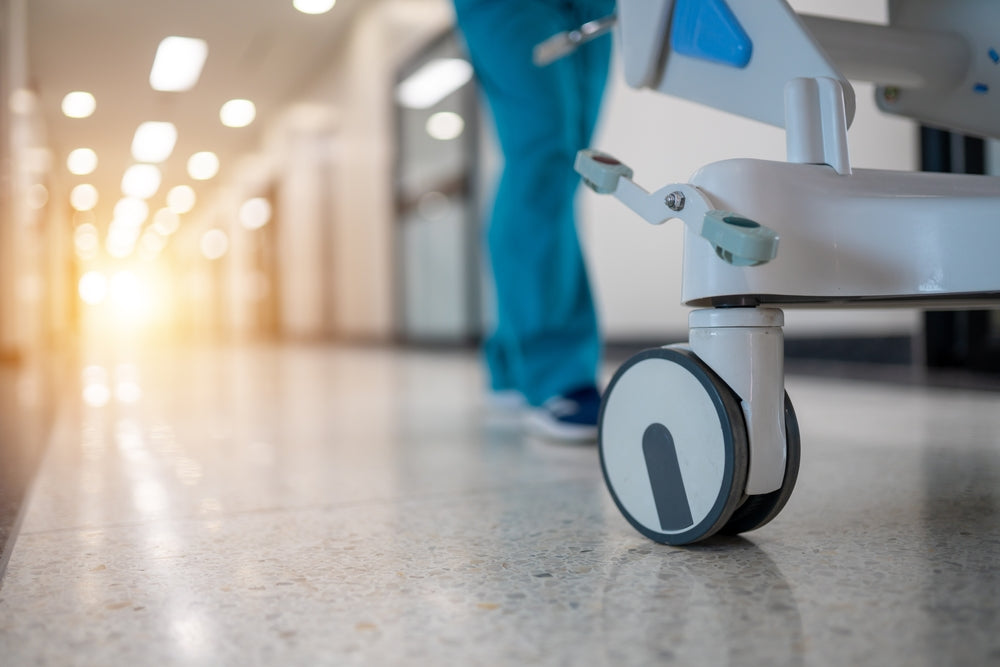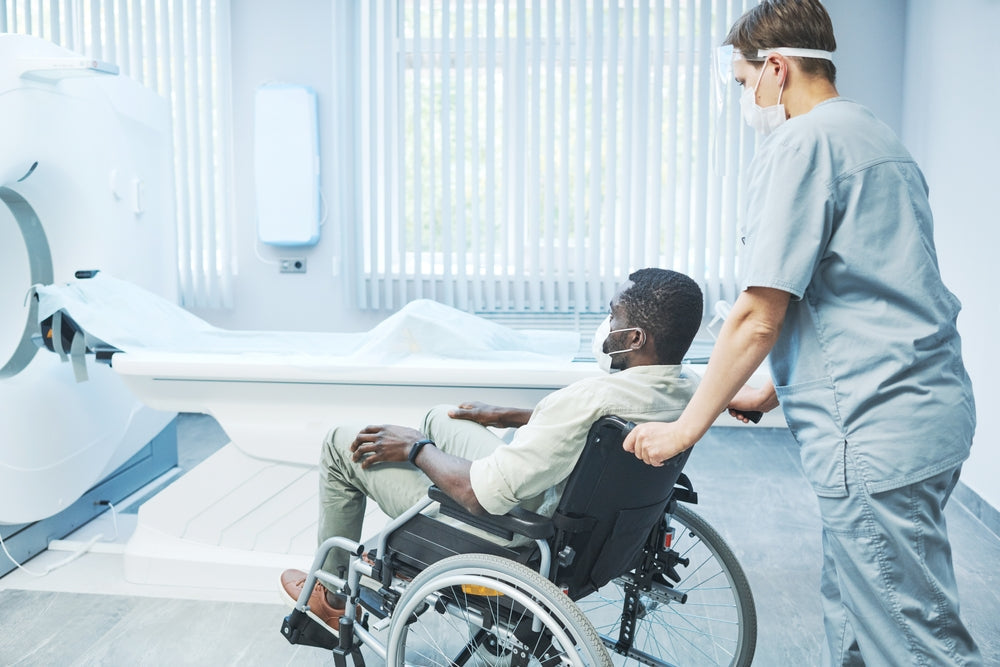
Magnetic Resonance Imaging (MRI) has fundamentally transformed diagnostic medicine, offering detailed visualization of internal anatomy without exposure to ionizing radiation. The selection of appropriate MRI equipment remains a complex undertaking, dictated by advances in imaging technology, unique safety requirements, and the necessity of optimizing workflow and patient care within specialized MRI environments. This article provides a scholarly overview of factors influencing the procurement of MRI equipment, evaluates critical product categories—including MR Safe accessories and infrastructure essentials—and offers practical guidance for hospital administrators, radiologists, and facility managers seeking to modernize or expand MRI operations.
Introduction
Medical imaging, particularly MRI, represents a confluence of technological, procedural, and safety demands. The process of equipping an MRI suite extends well beyond the acquisition of the imaging magnet system itself, encompassing a plethora of ancillary devices, safety solutions, and workflow tools specifically engineered for the MRI environment. Each component—from non-magnetic patient transport to specialized communication and hearing protection devices—contributes to a cohesive system designed to maximize diagnostic yield while protecting both patients and staff.
This guide will systematically explore the various types of equipment used in MRI, examine the characteristics essential for compatibility within MRI environments, and offer detailed analyses of leading products devised to address common clinical and operational challenges encountered in MRI practice.
Understanding the MRI Environment and Its Unique Equipment Demands
The Physics and Hazards of the MRI Environment
MRI procedures are conducted within environments characterized by powerful, permanent magnetic fields. The main magnet, frequently operating at 1.5T or 3T, poses unique challenges unseen in other imaging modalities. Only equipment certified as “MR Safe,” “MR Conditional,” or “MR Compatible” should enter the MRI suite, as ferromagnetic materials become hazardous projectiles, and many standard electronic devices cease to function or interfere with imaging.
Defining Key Terms
- MR Safe indicates that a device poses no known hazards in any MRI environment.
- MR Conditional devices are safe only under specified MRI conditions.
- MR Compatible refers to equipment that does not significantly interfere with or be affected by the MRI magnetic field or radiofrequency environment.
An in-depth familiarity with these definitions forms the foundation of all subsequent purchasing decisions.
Regulatory and Safety Considerations
Standards established by institutions such as the American College of Radiology (ACR) and ASTM International offer critical guidance on acceptable materials, device certification processes, and required signage for MRI zoning (Zone I-IV). Adherence to these regulations is not merely a matter of legal compliance but of safeguarding life and property.
Core Categories of MRI Equipment
A thorough MRI equipment strategy encompasses an array of device categories, each with a clear functional justification and technical specification. The following sections elucidate essential product types, referencing specific offerings suitable for integration into modern MRI environments.
Patient Safety and Comfort
1. Hearing Protection
Sound pressure levels during MRI imaging frequently exceed 110 decibels. Chronic exposure, even of limited duration, risks auditory damage, particularly for pediatric or infant subjects.
- MR Safe Noise Guard 29NRR Headset: This over-ear hearing protection device provides a noise reduction rating (NRR) of 29 dB, ensuring both adult and pediatric patients are shielded from scanner noise without introducing artifacts.
- MagnaCoil Headset (30dB NRR, MRI Safe): With its coil-based design and MRI-safe credentials, this headset offers enhanced comfort and superior sound attenuation, necessary for patients requiring extended or repeated imaging.
- Dreamies T-M Advanced Infant Hearing Protection: Specialized for neonates and infants, these hearing protectors accommodate smaller cranial dimensions, preventing noise-induced distress or injury.
2. Disposable Patient Accessories
- MRI Disposable Eyeshades: Patients experience stress during scans due to the claustrophobic scanner tunnel. Disposable eyeshades can obscure direct line of sight to the bore, thereby alleviating anxiety and improving scan tolerability.
3. Infection Control and Hygiene
- MRI Surgical Face Masks: These non-magnetic surgical masks protect against droplet transmission within MRI zones, an essential consideration in infection-sensitive populations.
Patient Positioning and Movement
- MRI Med Adjustable-Height Stretcher and MR Conditional 22” Wheelchair: Patient handling within the MRI suite demands non-magnetic construction. These devices, engineered for MR compatibility, facilitate secure transport between waiting areas and the scanner room without introducing ferromagnetic risk.
- MR Conditional Dual Bucket Press System and MRI Non-Ferrous IV Pole: For procedures necessitating fluid administration or specialty compression, these accessories ensure full MRI compatibility.
Procedure Support and Imaging Aids
- MRI Full Sound System: Advanced audio systems, specifically engineered for MR environments, permit communication, relaxation, and distraction for patients throughout the scanning process.
- MRI CCTV Single Camera System: Visual monitoring assures both patient safety and data integrity during imaging runs, offering clinicians real-time feedback without occupying the scanner room.
Facility and Workflow Essentials
1. Zoning, Signage, and Labeling
Clear demarcation of MRI zoning prevents catastrophic accidents caused by the inadvertent introduction of unauthorized objects.
- MRI Zone Sign Combo Pack and MRI Labels (25 Pack) serve to reinforce safety. Their conspicuous design provides continuous environmental reminders to staff and visitors regarding access limitations and zone transitions.
2. Lighting and Visibility
- MRI LED Mobile Exam Light and MR Conditional LED Flashlight: These illumination solutions deploy light sources using non-magnetic construction, mitigating artifact risk and ensuring reliable visualization during both routine and emergency procedures.
Surgical and Emergency Readiness
- MR Disposable Scalpels (#11 Blade, Single Use) and MRI LED Laryngoscope Kit supply critical tools for conducting invasive interventions within the scan room itself, designed for single use to avoid biohazard risks.
- MRI Conditional Step Stool (16” with Handle) and MRI Gas Lift Office Chair / MRI Comfort Stool with Gas Lift provide ergonomic support and safe mobility for staff.
Maintenance and Housekeeping
- Large Tub Utility Cart (3 Shelves, Black) and MRI 17-Piece Non-Magnetic Tool Box support routine cleaning, restocking, and technical maintenance activities, manufactured with certified non-magnetic components to prevent accidental magnetization.
Specialty Power and Consumables
- MRI Non-Magnetic C-Size Batteries (2pk) provide safe power solutions for ancillary devices without risk of magnetic interference.
Criteria for Evaluating MRI Equipment
Developing an acquisition strategy for MRI equipment mandates a methodical, criteria-driven approach. Consider the following parameters:
Equip Your Team with Tools They Can Trust
Get high-quality, MRI-dedicated equipment that supports safer scans, better positioning, and smoother patient care.
View Trusted Products1. Certifiable MR Safety
No compromise is permissible regarding compliance with MR Safe or MR Conditional standards. Careful review of manufacturer safety certifications, technical datasheets, and product labeling is non-negotiable.
2. Patient Demographics
Facilities catering to pediatric, geriatric, or claustrophobic patients must prioritize accessories such as infant hearing protection, eyeshades, and communication systems. Customizing the equipment selection ensures all patient populations are served reliably.
3. Workflow Integration
Assess how each device supports throughput, reduces patient anxiety, and facilitates staff workflows. High-quality stretchers and wheelchairs, for example, reduce transfer delays, while disposable accessories limit cross-contamination events.
4. Durability and Consumable Management
Wherever feasible, equipment designed for frequent reuse with minimal maintenance should be preferred. Consumables must be readily available and cost-effective for sustained use.
5. Staff Training and Protocols
The successful deployment of MRI equipment is contingent on staff familiarity with each item’s safety profile and operational characteristics. Mandated training for all MRI zone personnel will reduce mishaps and build institutional capacity.
Advanced Considerations for Facility Planners
MRI environments vary significantly in design and usage. The demands of a tertiary-care hospital’s radiology department differ markedly from those of a stand-alone imaging center. Facility-specific considerations may include:
- High-throughput facilities should prioritize workflow-optimizing tools such as utility carts, full sound systems, and patient monitoring solutions.
- Research-focused sites may require specialty imaging accessories and advanced data acquisition tools.
- Pediatrics and neonatology centers benefit from specialized hearing protection, distraction tools, and infant-compatible transport equipment.
Engagement with a multidisciplinary procurement committee—including physicians, physicists, nurses, technologists, and biomedical engineers—is recommended to ensure that purchases reflect a broad consensus about present and future clinical needs.
Moving Beyond Procurement: Continuous Quality Improvement
Establishing robust processes for equipment maintenance, inventory management, and post-incident review further enhances patient safety and imaging quality. Annual or semi-annual equipment audits ensure that all assets remain compliant, functional, and aligned with evolving standards of care.
Strategic Insights for Ensuring MRI Suite Excellence
The thoughtful selection and continuous evaluation of MRI equipment underpin the overall performance and reputation of an imaging center. By adhering to contemporary best practices for equipment used in MRI environments, facility administrators can minimize risk exposures, drive operational efficiency, and improve patient outcomes.
Stakeholders are invited to consult technical guidance from authoritative bodies and to remain abreast of developments in MR Safe technology, as ongoing innovation continually enhances the capabilities and safety of MRI environments.
